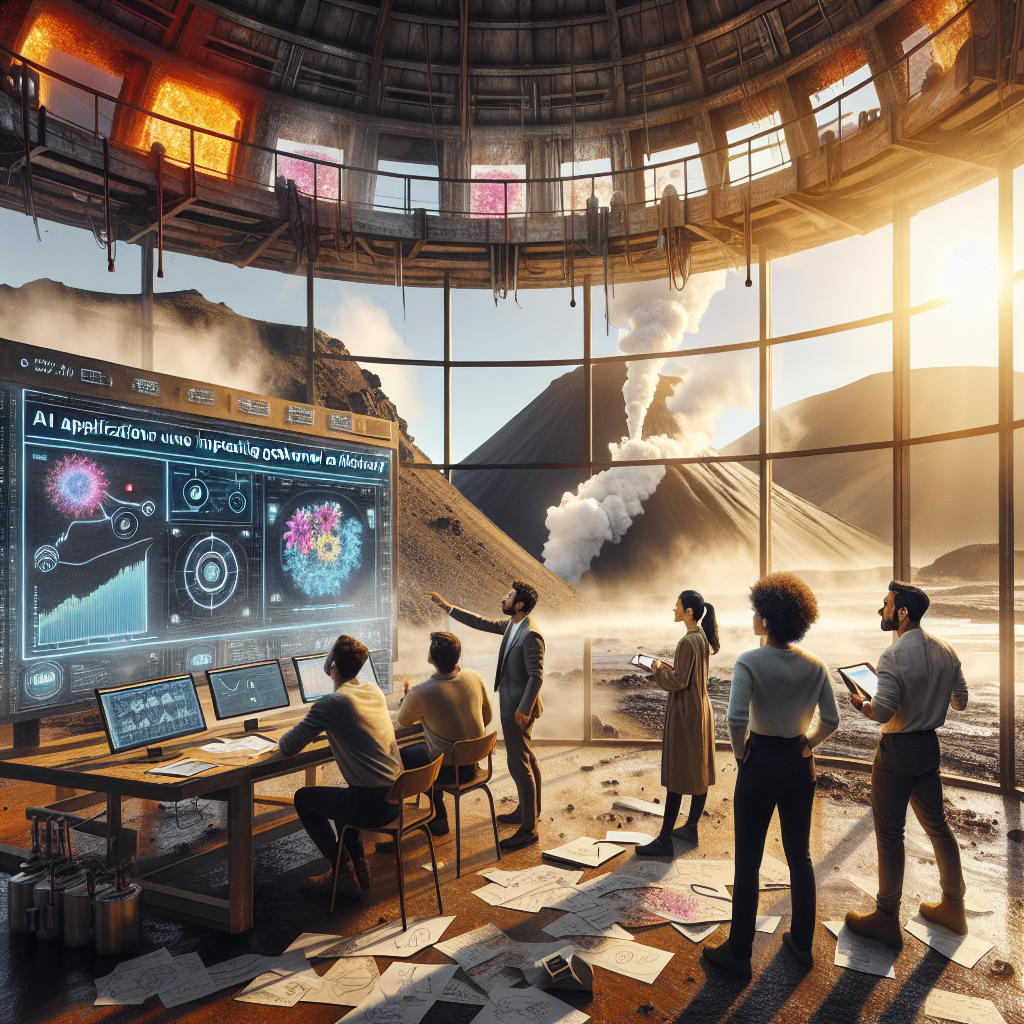Why Melting Rocks Is Set to Revolutionize AI in Geothermal Energy
Unleashing the Power of AI in Geothermal Energy: A Future for Sustainable Practices
Introduction
In the quest for sustainable energy, geothermal energy stands as an often-overlooked powerhouse. Unlike wind or solar, geothermal offers a constant power supply by tapping into heat generated from the Earth’s core. However, fully harnessing this resource has been historically challenging. This is where AI geothermal energy enters the scene. Artificial Intelligence (AI) is poised to revolutionize the way we approach geothermal energy, offering solutions to enhance efficiency and feasibility. Through AI applications, industries can propel geothermal power into a new era of sustainable energy.
Background
Geothermal energy, derived from the Earth’s internal heat, is a reliable and environmentally friendly energy source. Unlike fossil fuels, it emits very low levels of greenhouse gases, making it ideal for reducing carbon footprints globally. Geothermal drilling, the process of accessing this subterranean heat, is a pivotal yet costly endeavor with risks that deter many investors. Innovations like those implemented by Quaise—a method involving the melting of rocks to reach new depths—aim to change this narrative. Despite its groundbreaking potential, this technique has faced skepticism concerning its feasibility and pace (source). Understanding these complexities is crucial as we turn to AI to optimize drilling strategies and make geothermal resources more accessible.
Trend
The integration of AI in geothermal applications is emerging as a transformative trend. As AI continues to mature, its capabilities in data analytics, predictive modeling, and real-time monitoring bring unprecedented precision to geothermal drilling processes. These AI applications are redefining what is possible, turning once-inaccessible geothermal reservoirs into viable energy sources. Technologies powered by AI can enhance drilling precision and increase success rates, reducing costs and environmental impact. For instance, AI algorithms can analyze geological data to pinpoint optimal drilling sites, minimizing the guesswork traditionally involved in such projects.
Insight
Industry experts are cautiously optimistic about innovations such as rock-melting techniques for creating geothermal wells, despite some skepticism. The melding of AI with these techniques may bridge the gap between theory and practical application. Laszlo Bock, a prominent voice in technology circles, noted that innovation often faces resistance until its advantages become irrefutable (source). Reports suggest that AI’s ability to predict outcomes and mitigate risks could indeed streamline these new processes, thus overcoming the hesitations currently faced by the sector.
Forecast
The future of AI geothermal energy looks promising. As AI technology continues to evolve, we can expect significant advancements in both the technology and the market scope for geothermal energy. AI’s expansion into geothermal applications could lead to more efficient energy production methods, lower costs, and higher adoption rates across the globe. This evolution has the potential to reshape the landscape of sustainable energy, providing an energy solution that is continuous and scalable. Integrating AI could also foster new business opportunities and drive economic growth within the energy sector.
Call to Action
It is crucial for enthusiasts of sustainable energy to remain updated on AI’s role in advancing geothermal energy solutions. By keeping abreast of these changes, stakeholders can contribute to and benefit from these innovations. Dive deeper into these topics through related content and engage with communities dedicated to sustainable energy initiatives. For more insights, check out the article here that discusses the skepticism and potential surrounding emerging geothermal technologies.
Explore, engage, and invest in knowledge—because the future of sustainable energy with AI is unfolding right before us.







